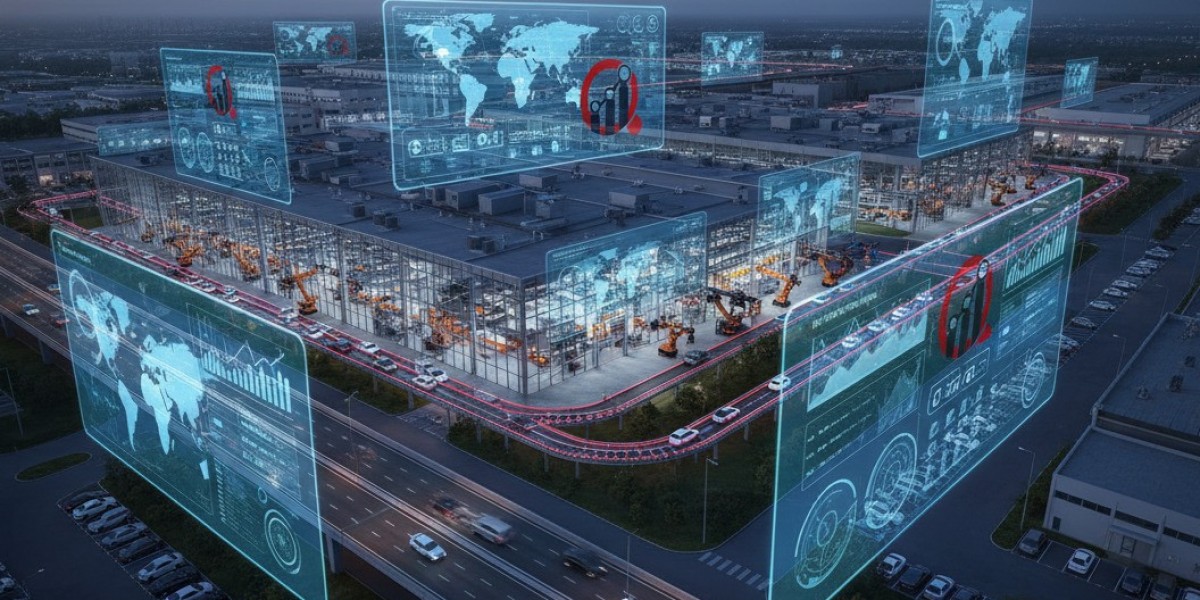In today’s fast-paced digital landscape, businesses rely more than ever on technology to drive growth, ensure efficiency, and maintain competitiveness. At the heart of this digital transformation lies IT infrastructure management, a critical discipline that ensures all technological components work together seamlessly. At Haber Group, we believe that robust infrastructure management is the key to sustainable business operations and future-proof innovation.
What Is IT Infrastructure Management?
IT infrastructure management refers to the process of overseeing and maintaining all components of an organization’s information technology. This includes hardware (servers, routers, data centers), software (enterprise applications, operating systems), networks, and data storage. It also encompasses processes like system monitoring, performance optimization, security, and disaster recovery planning.
Simply put, it’s the behind-the-scenes work that keeps your IT environment healthy, scalable, and secure.
Why IT Infrastructure Management Matters
Think of IT infrastructure as the foundation of a building. If it’s unstable or poorly maintained, everything built on top is at risk. The same applies to digital systems. Without proactive infrastructure management, businesses face numerous risks:
Downtime and service interruptions can lead to lost revenue
Security vulnerabilities that expose sensitive data
Inefficient resource use results in higher operational costs
Lack of scalability, limiting business growth and agility
At Haber Group, we’ve seen firsthand how well-managed infrastructure enables organizations to innovate, respond quickly to market changes, and provide better customer experiences.
Key Components of IT Infrastructure Management
To understand how infrastructure management works, it’s important to look at its core areas:
1. Network Management
This involves configuring and monitoring the organization’s internal and external networks to ensure connectivity, performance, and security. Tools are used to detect anomalies, prevent unauthorized access, and optimize bandwidth usage.
2. Server and Storage Management
Servers and storage systems house critical business data and applications. Proper server management ensures uptime, load balancing, and timely updates, while storage management focuses on data accessibility, redundancy, and backup solutions.
3. Security Management
Cybersecurity is a central component of infrastructure management. This includes firewalls, antivirus software, threat detection systems, and encryption protocols that safeguard IT assets from malicious activity.
4. Cloud Infrastructure Management
With more businesses migrating to the cloud, managing cloud environments has become a major task. This involves configuring cloud services, managing costs, ensuring compliance, and integrating with on-premise systems.
5. IT Operations and Support
This area covers service desk operations, incident response, change management, and system updates. It ensures that users get the support they need while maintaining business continuity.
Haber Group Approach to IT Infrastructure Management
At Haber Group, we understand that no two businesses are the same. That’s why we take a tailored, strategic approach to IT infrastructure management. Our services are designed to align with your business goals while delivering measurable results.
Here’s what sets us apart:
Proactive Monitoring: We don’t wait for problems to happen—we identify and resolve potential issues before they impact your operations.
Security-First Mindset: Cybersecurity is embedded into every layer of our infrastructure strategy, helping you stay compliant and protected.
Scalable Solutions: Whether you’re a startup or an enterprise, our solutions grow with you, ensuring flexibility and performance at every stage.
Expert Guidance: Our team of IT specialists brings decades of experience across diverse industries, offering insights that drive digital transformation.
The Business Impact of Effective Infrastructure Management
When your IT infrastructure is properly managed, the benefits ripple across the organization:
Improved Productivity: Employees can work without disruption or delays.
Reduced IT Costs: Resources are optimized, and issues are resolved before they escalate.
Better Decision-Making: Reliable systems support accurate data collection and analysis.
Enhanced Customer Experience: Fast, secure, and reliable services build customer trust and loyalty.
Future-Proofing with Haber Group
Technology is evolving rapidly—AI, edge computing, hybrid cloud environments, and IoT are becoming the norm. Managing this complexity requires not just technical skills, but also strategic vision. At Haber Group, we help clients future-proof their infrastructure so they’re not just keeping up with the trends—they’re staying ahead of them.
Conclusion
IT infrastructure management isn’t just a technical necessity—it’s a strategic advantage. As businesses continue to digitize, the demand for scalable, secure, and high-performing IT environments will only increase.
With Haber Group as your trusted partner, you gain more than just infrastructure support—you gain a team committed to driving your success through technology.








